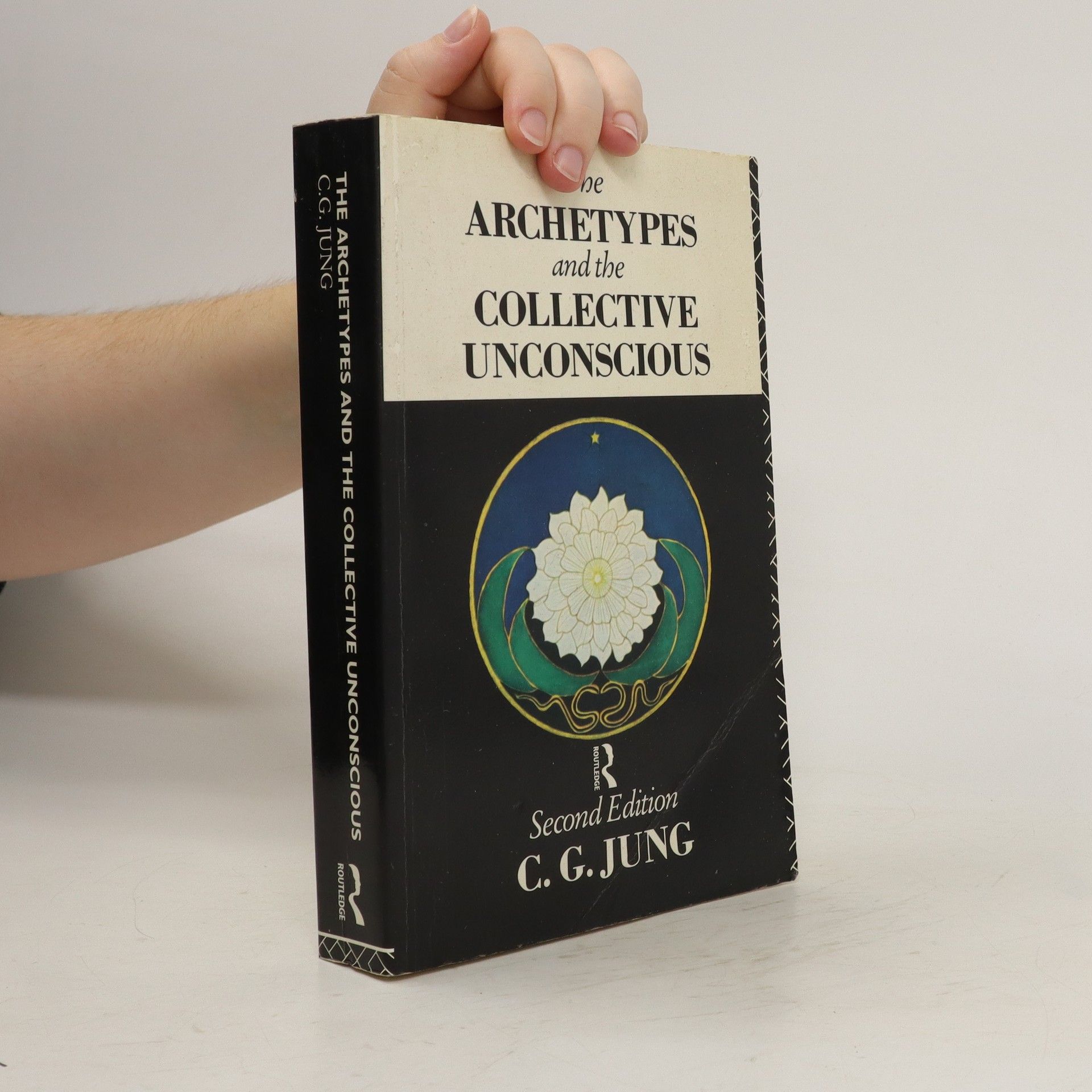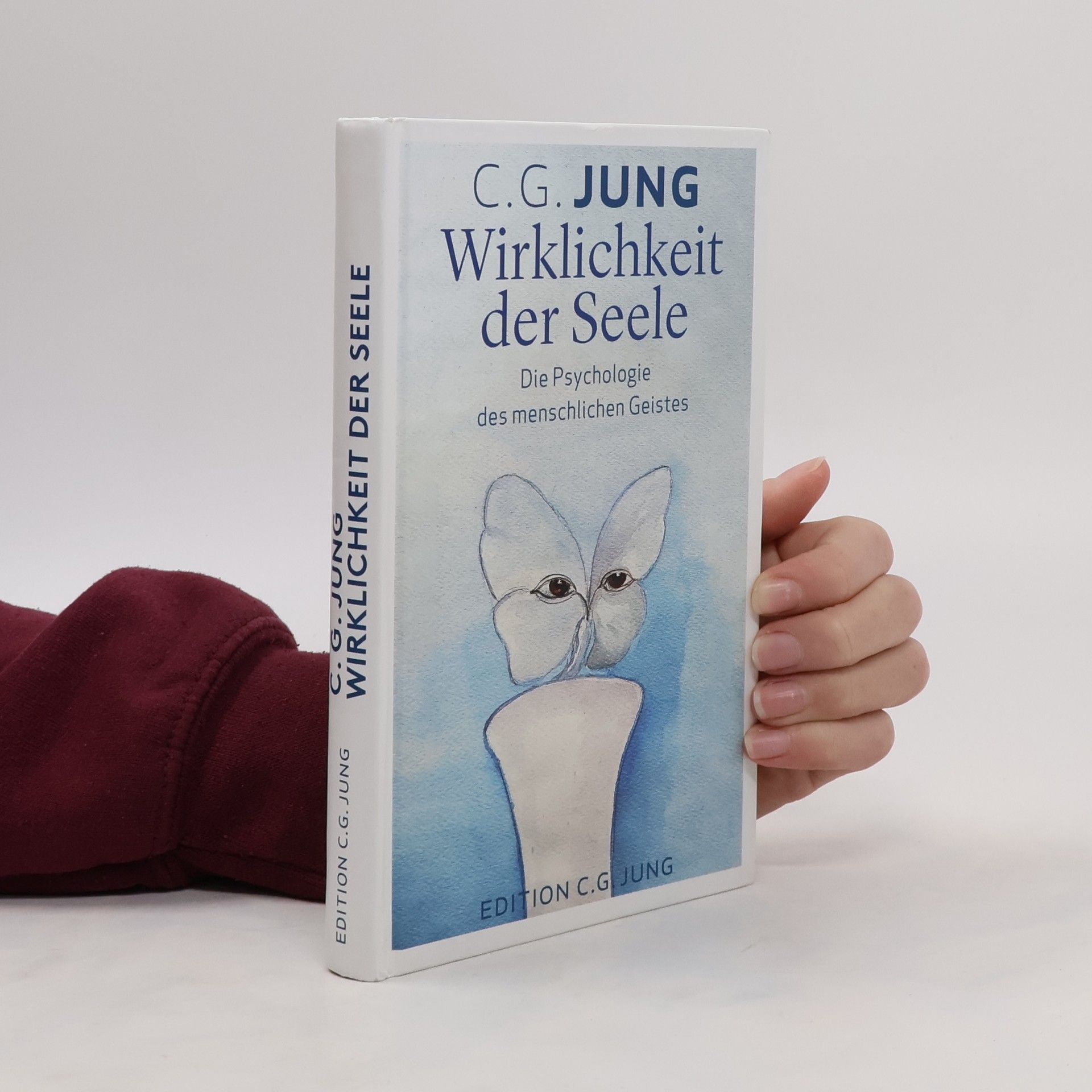A revised translation of one of the most important of Jung's longer works. The volume also contains an appendix of four shorter papers on psychological typology, published between 1913 and 1935.
Jung Yun Book order
Jung Yun delves into the complexities of identity and the search for home across diverse cultural landscapes. Her writing probes the human psyche, exploring themes of alienation and belonging. Yun crafts vivid and compelling characters who grapple with profound internal conflicts. Her stylistic prowess lies in building suspenseful atmospheres and psychologically rich narratives.






- 2024
- 2022
Zur inneren Erfahrung finden
Grundfragen der praktischen Psychologie
- 2022
Carl Jung examines some of the most contested and crucial areas in the field of analytical psychology: dream analysis, the primitive unconscious, and the relationship between psychology and religion.
- 2022
Consciousness and the Unconscious
- 160 pages
- 6 hours of reading
Jung’s lectures on consciousness and the unconscious—in English for the first time Between 1933 and 1941, C. G. Jung delivered a series of public lectures at the Swiss Federal Institute of Technology (ETH) in Zurich. Intended for a general audience, these lectures addressed a broad range of topics, from dream analysis and yoga to the history of psychology. They are at the center of Jung’s intellectual activity in this period and provide the basis of his later work. Here for the first time in English is Jung’s introduction to his core psychological theories and methods, delivered in the summer of 1934. With candor and wit, Jung shares with his audience the path he himself took to understanding the nature of consciousness and the unconscious. He describes their respective characteristics using examples from his clinical experience as well as from literature, his travels, and everyday life. For Jung, consciousness is like a small island in the ocean of the unconscious, while the unconscious is part of the primordial condition of humankind. Jung explains various methods for uncovering the contents of the unconscious, in particular talk therapy and dream analysis. Complete with explanations of Jungian concepts and terminology, Consciousness and the Unconscious painstakingly reconstructs and translates these talks from detailed shorthand notes by attendees, making a critical part of Jung’s work available to today’s readers.
- 2022
Wirklichkeit der Seele
Die Psychologie des menschlichen Geistes
- 2022
Jung explains his system of personality types and how they can assist in diagnosing and treating psychological disorders and conditions.
- 2021
Dream Symbols of the Individuation Process
- 376 pages
- 14 hours of reading
"In 1936 and 1937, C. G. Jung delivered two legendary seminars on dream interpretation, the first on Bailey Island, Maine, the second in New York City. Dream Symbols of the Individuation Process makes these lectures widely available for the first time, offering a compelling look at Jung as he presents his ideas candidly and in English before a rapt American audience."--
- 2021
Mandala
Bilder aus dem Unbewussten
Das Rote Buch mit seinen spektakulären Bildern hat bei vielen Menschen ein grosses Interesse an C. G. Jung geweckt - nicht an Jung, dem grossen Arzt und Tiefenpsychologen, sondern an Jung, dem Schöpfer eindrucksvoller Bilder und Kalligraphien. Dieser neue, aufwändig gestaltete Bildband bietet einen weiteren umfassenden Eindruck von C. G. Jungs gestalterischer Tätigkeit. Jung selbst hatte sich immer wieder dagegen verwehrt, dass Bilder und Gestaltungen von ihm als »Kunst« bezeichnet werden. Die in diesem Band versammelten Bilder, Zeichnungen und Skulpturen zeugen jedoch von seiner grossen künstlerischen Schaffenskraft und seinem beeindruckenden Gespür für Form und Farbe. Fünf Textbeiträge bieten umfassende Erläuterungen u.a. zu Jungs Mandala-Zeichnungen, seiner Arbeitsweise im Roten Buch, seinen Farbkonzepten sowie seiner Bedeutung als Sammler. Ein Buch, das mit seinen ausdrucksstarken Bildern die Welt des Unbewussten nahebringtC. G. Jung, 1875–1961, war einer der Begründer der modernen Tiefenpsychologie und gehört zu den grössten Psychoanalytikern des 20. Jahrhunderts. Nach der Trennung von seinem Lehrer Sigmund Freud entwickelte er seine eigene »Analytische Psychologie«.
- 2021
Jung Yun's O Beautiful is a "mesmerizing and timely" (New York Times) novel about a woman trying to come to terms with the ghosts of her past and the tortured realities of a deeply divided America. Elinor Hanson is struggling to reinvent herself as a freelance writer when she receives an unexpected assignment, a chance to write for a prestigious magazine about the Bakken oil boom in North Dakota. Elinor grew up near the Bakken, raised by an overbearing father and a distant Korean mother who met and married when he was stationed overseas. After decades away from home, Elinor returns to a landscape she hardly recognizes, overrun by tens of thousands of newcomers. Surrounded by roughnecks seeking their fortunes in oil and long-time residents worried about their changing community, Elinor experiences a profound sense of alienation and grief. The longer she pursues this potentially career-altering assignment, the more her past intertwines with the story she’s trying to tell, revealing disturbing new realities that will forever change her and the way she looks at the world. With graceful prose, Jung Yun's O Beautiful presents an immersive portrait of a community rife with tensions and competing interests, and one woman’s attempts to reconcile her anger with her love of a beautiful, but troubled land.
